Evolution of (Japanese) gardens
ron_s
18 years ago
Related Stories

MOST POPULARKitchen Evolution: Work Zones Replace the Triangle
Want maximum efficiency in your kitchen? Consider forgoing the old-fashioned triangle in favor of task-specific zones
Full Story
GROUND COVERSNative Alternatives to English Ivy, Japanese Pachysandra and Periwinkle
These shade-loving ground covers are good for the environment and say something about where you are
Full Story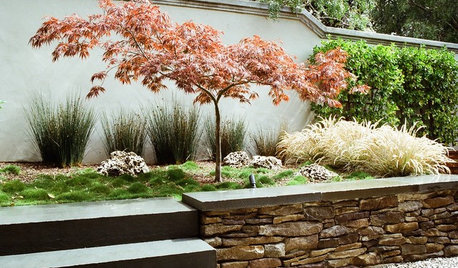
GARDENING AND LANDSCAPINGGreat Design Tree: Japanese Maple
Lacy form and fiery fall color make Japanese maple a welcome tree for garden or patio
Full Story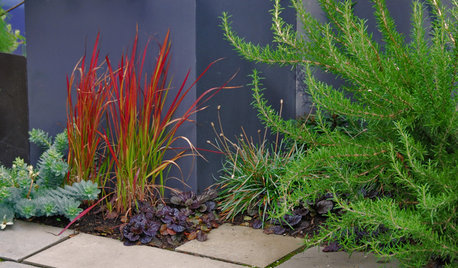
RED FOLIAGEGreat Design Plant: Japanese Blood Grass
This dramatic, ruby-tinged grass bridges the gap between red and green, short and tall plants
Full Story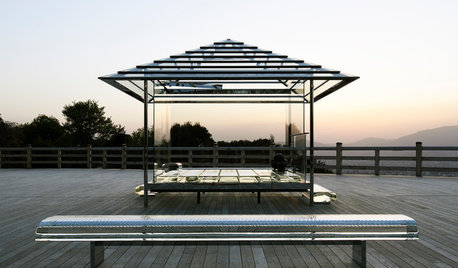
WORLD OF DESIGNWorld of Design: The Enduring Magic of the Japanese Teahouse
The tradition began with Rikyū 500 years ago. See how his innovative spirit lives on in the teahouses of today
Full Story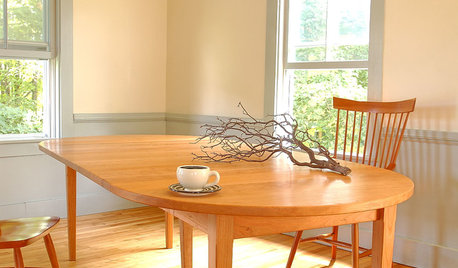
DECORATING GUIDESStrange but True Parallels Between Early Western and Old Japanese Style
Part 1 of our 'wabi-sabi' series: in which Shaker and Arts and Crafts designs reveal simplicity, modesty and integrity
Full Story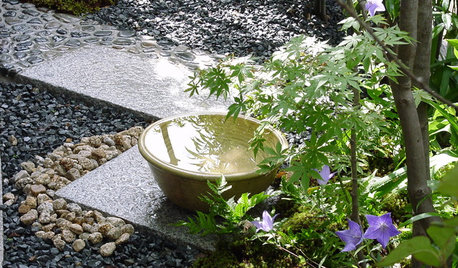
WORLD OF DESIGNA Beginner’s Guide to the Japanese Tea Garden
A small roji, or teahouse garden, offers a respite from everyday life. Why not make one part of your home garden?
Full Story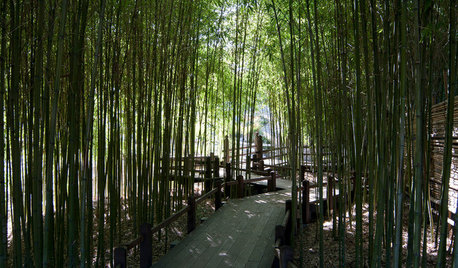
INSPIRING GARDENSStroll Through a Magnificent Japanese Garden, Newly Renovated
Get a glimpse of the Huntington's Japanese Garden today along with its storied past in a glossy new book
Full Story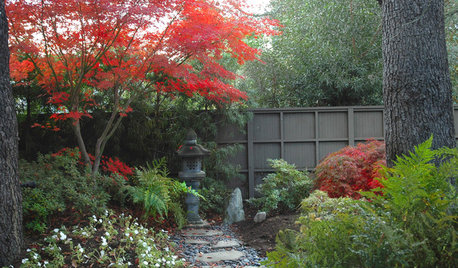
LANDSCAPE DESIGNLay of the Landscape: Create the Beauty of a Japanese Garden
Balance, enclosures and the forms of nature combine in serene Japanese garden design. Bring the look home with some of these principles
Full Story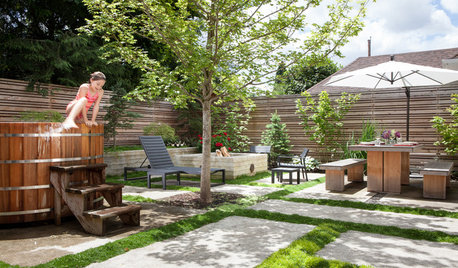
PATIOSBackyard Ideas: Writer's Studio and a Japanese-Inspired Garden
A nearby Japanese garden inspires a feature-packed backyard and studio for a work-from-home Portland writer
Full Story

inkognito
ron_sOriginal Author
Related Professionals
Forest Acres Landscape Architects & Landscape Designers · Redondo Beach Landscape Architects & Landscape Designers · Simi Valley Landscape Architects & Landscape Designers · San Juan Landscape Architects & Landscape Designers · El Segundo Landscape Contractors · Fairfield Landscape Contractors · Hilo Landscape Contractors · Hurricane Landscape Contractors · West Covina Landscape Contractors · Eastlake Landscape Contractors · Cape Coral Decks, Patios & Outdoor Enclosures · Columbia Decks, Patios & Outdoor Enclosures · Fredericksburg Decks, Patios & Outdoor Enclosures · Green Bay Decks, Patios & Outdoor Enclosures · Pataskala Decks, Patios & Outdoor EnclosuresThe_Mohave__Kid
RckyM21
gerald
The_Mohave__Kid
Lee_ME
ron_sOriginal Author
inkognito
The_Mohave__Kid
ron_sOriginal Author
gerald
ScottReil_GD
inkognito
edzard
edzard
The_Mohave__Kid
ron_sOriginal Author
The_Mohave__Kid
ScottReil_GD
The_Mohave__Kid
edzard
The_Mohave__Kid
inkognito
Lee_ME
The_Mohave__Kid
inkognito
The_Mohave__Kid
edzard
ron_sOriginal Author
inkognito
Lee_ME
edzard
inkognito
ScottReil_GD
The_Mohave__Kid
edzard
ScottReil_GD
edzard
The_Mohave__Kid
ron_sOriginal Author
The_Mohave__Kid
ScottReil_GD
The_Mohave__Kid
ron_sOriginal Author
ScottReil_GD